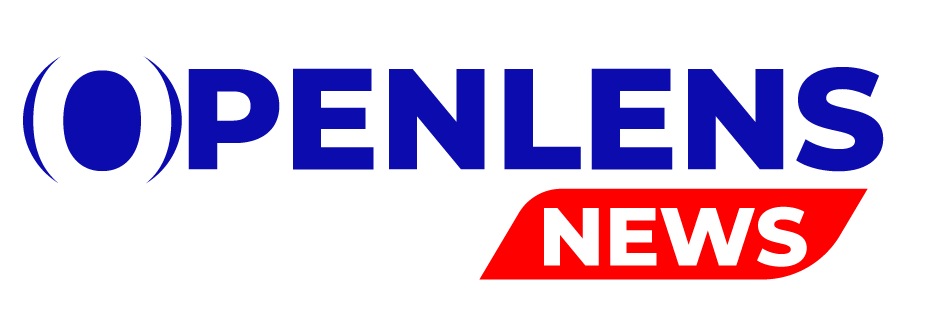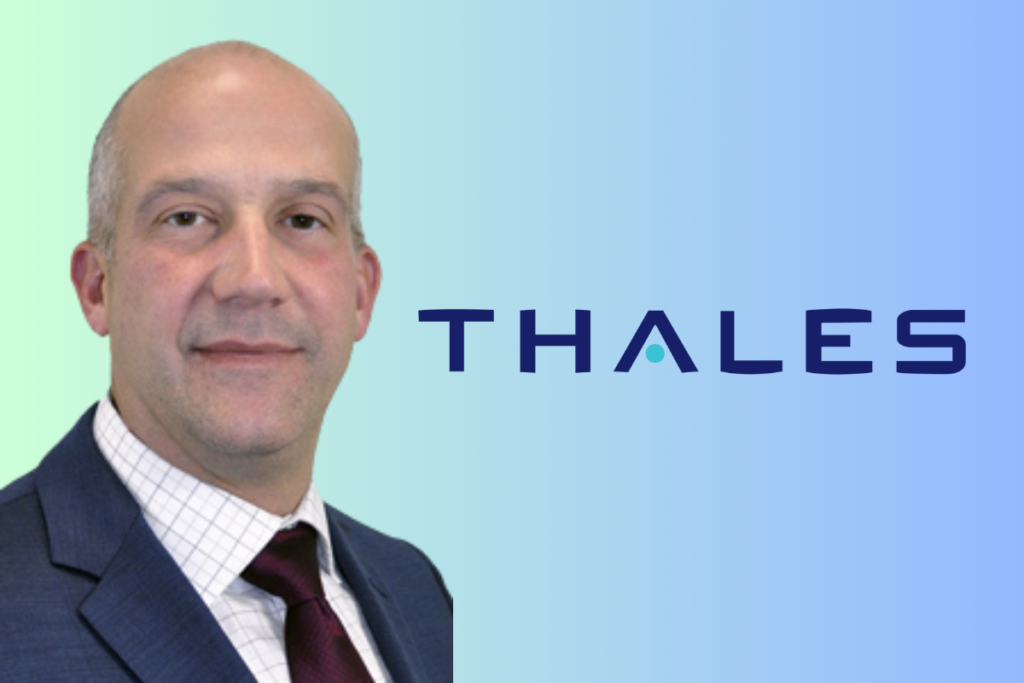The United Kingdom is preparing to commit to a significant increase in its defence spending, agreeing to a NATO-backed target of raising military expenditure to 3.5% of GDP by 2035. This move marks a considerable shift from previous government plans and comes amid growing pressure from key NATO figures, including Secretary General Mark Rutte and former U.S. President Donald Trump, both of whom have called for alliance members to boost their military contributions.
Under this proposed plan, the UK’s defence budget would increase by approximately £30 billion beyond current projections, signaling a major investment in the country’s military capabilities. This financial boost aligns with NATO’s wider strategy to strengthen collective security and ensure member states meet their shared obligations, especially given ongoing global geopolitical challenges.
Prime Minister Keir Starmer, who had previously described strict defence spending targets as “performative fantasy politics,” has indicated a more flexible stance after recent discussions. During a visit to a naval shipyard in Glasgow, Starmer acknowledged ongoing talks about increasing defence commitments, suggesting a willingness to adapt government policy in response to NATO’s demands and international pressures.
The broader NATO aim is to raise defence spending across member countries to 5% of GDP, a target that remains contentious among European leaders. Germany’s Defence Minister Boris Pistorius has openly criticized the 5% goal as unrealistic, pointing to the practical difficulties of balancing defence budgets with domestic priorities such as healthcare, education, and social welfare. Similarly, Italy’s Defence Minister Guido Crosetto has voiced concerns about the feasibility of such steep increases, especially in light of economic uncertainties that many nations face.
Despite these challenges, the UK’s move towards a 3.5% spending target represents a significant step in NATO’s efforts to enhance collective defence capabilities. It demonstrates a broader trend among member states toward increased military investment in response to shifting security dynamics worldwide.
This development comes at a critical time when NATO is seeking to present a united front in the face of emerging threats, emphasizing the importance of financial commitment alongside strategic cooperation. The UK’s increased spending will likely contribute to modernizing its armed forces, enhancing readiness, and ensuring the country remains a key player within the alliance.
In conclusion, while the 5% NATO spending goal remains divisive, the UK’s planned increase to 3.5% reflects a pragmatic compromise that balances international expectations with domestic political realities. This decision underscores the evolving nature of defence policy in the UK and signals a renewed commitment to collective security within NATO.



